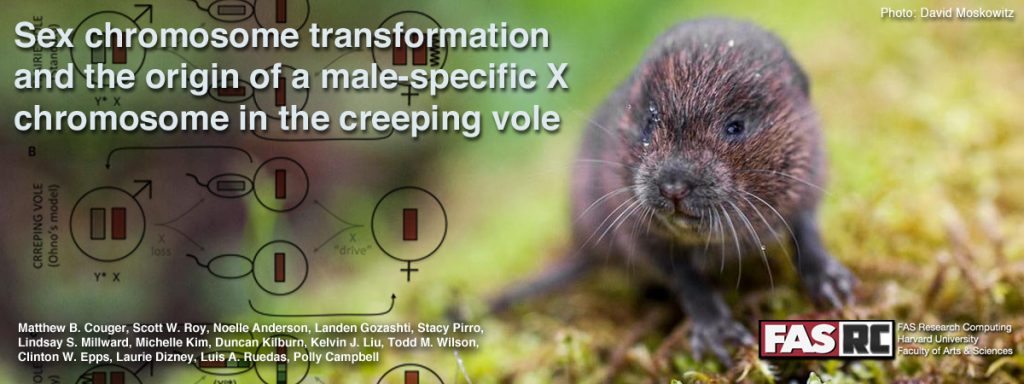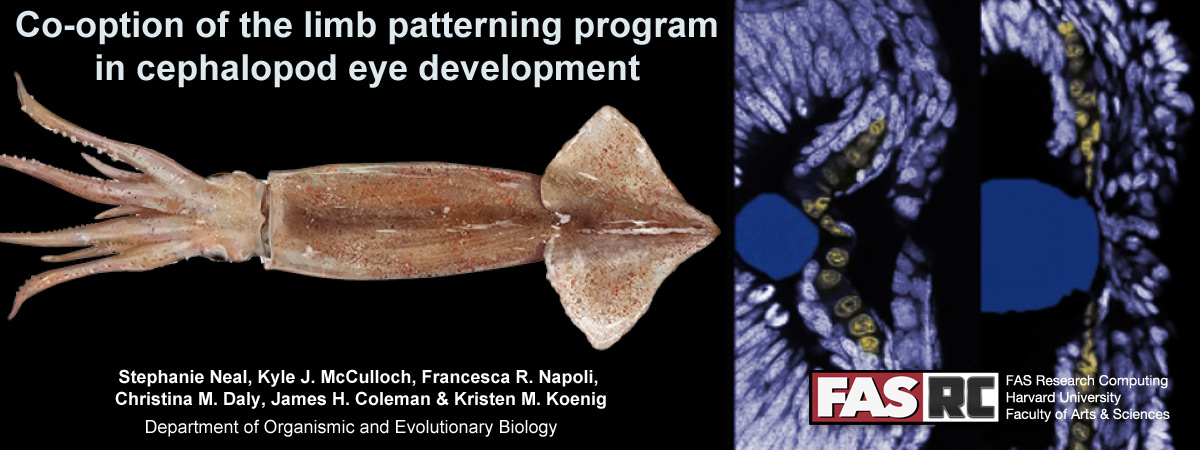
Matthew B. Couger, Scott W. Roy, Noelle Anderson, Landen Gozashti, Stacy Pirro, Lindsay S. Millward, Michelle Kim, Duncan Kilburn, Kelvin J. Liu, Todd M. Wilson, Clinton W. Epps, Laurie Dizney, Luis A. Ruedas, Polly Campbell
Mystery solved?
Chromosomal sex determination arises when an autosomal locus acquires a sex-determining function. In some taxa, this process occurs often. The XY system in mammals, however, has been evolutionarily stable across a wide array of species. Fifty years ago, a variation on this norm was described in the creeping vole (Microtus oregoni), but the details have remained mostly unknown. Couger et al. sequenced the sex chromosomes in this species and found that the Y chromosome has been lost, the male-determining chromosome is a second X that is largely homologous to the female X, and both the maternally inherited and male-specific sex chromosomes carry vestiges of the ancestral Y.
Science Vol. 372, Issue 6542, pp. 592-600
DOI: 10.1126/science.abg7019
Read more in the May 7th (2021) issue of Science (p 597): https://science.sciencemag.org/content/372/6542/592
Harvard affiliates can access Science issues through the Harvard Library (Harvard Key required)
The FASRC Cannon cluster was used for certain computational portions of this work.






